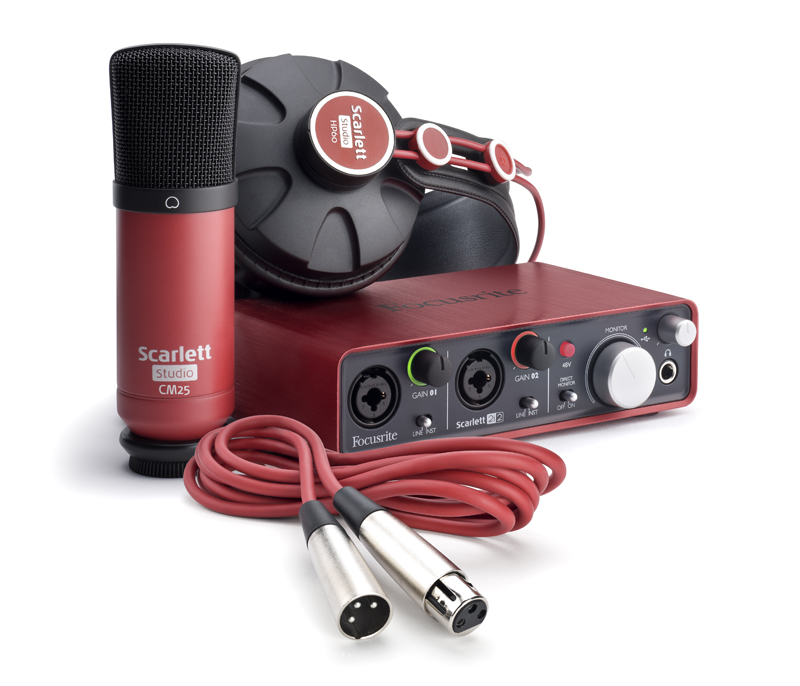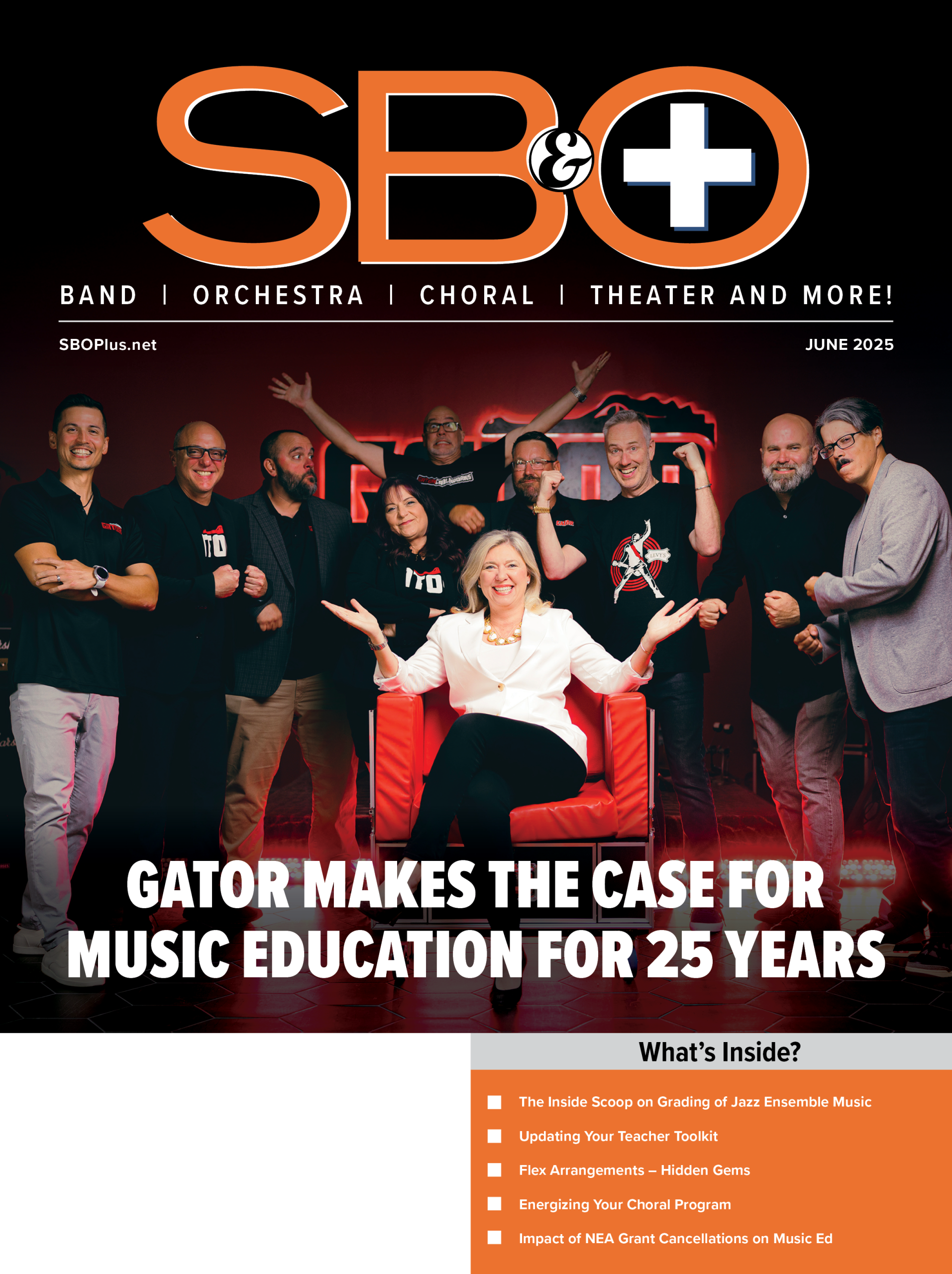As a clarinet educator of over 25 years, I have worked with students from beginners to college music majors. When I first began teaching, my focus was to help students get the best sound they could, develop their best technique, and be the best musicians they could be. These are all great and I still want them for my students. As the years went on and I became more experienced, I learned the equipment the student was using directly impacted my teaching. There were so many times I struggled helping students play higher notes or get over the break. There is a lot of trial and error involved, demonstration, and explanations of proper embouchure, tongue position and breathing. I was so focused on what I could do to help them in the moment, I didn’t always consider whether their equipment was creating a barrier to their success. Maybe it wasn’t that my finely tuned embouchure lessons and breathing exercises were not effective, but a physical barrier was getting in their way.
I had the great fortune of working as a clarinet specialist for beginners for a band program run by a stellar educator. My first year with 18 clarinet students eventually grew to 48 as years passed. During these years of starting beginners, I learned much about how proper equipment can make or break a student’s experience. I noticed some students were having different experiences than others, despite having the same instruction. Of course there will always be variations in individual abilities, and there will be some students who learn a little quicker than others, but I began noticing some specific causes.
eventually grew to 48 as years passed. During these years of starting beginners, I learned much about how proper equipment can make or break a student’s experience. I noticed some students were having different experiences than others, despite having the same instruction. Of course there will always be variations in individual abilities, and there will be some students who learn a little quicker than others, but I began noticing some specific causes.
I made a point to work individually with students as much as I could, which was a challenge in such large classes. The more time I spent evaluating issues and challenges, the more I was able to pinpoint what kept the student from producing a good sound. Each student had a rental instrument and most of the instruments were in good shape, however, the rentals came with random mouthpieces. Many of those were used, or they were stock ones not crafted for ease of playing. I began checking students’ reeds more closely to see what they were using, and how the strengths and even brands of the reeds affected them. I started examining the mouthpieces more closely and the differences in facings, brands, materials, and tip openings. So many of the students were stuck with either very free blowing or very resistant mouthpieces and depending on the reed strength they were nearly impossible to play. I could see why some of the students were struggling despite doing everything I was asking them to do. The difficulty in blowing was too much for a developing embouchure. The muscles they were using to form the proper embouchure were working way too hard!
As I learned more, we decided to search for a mouthpiece that would work for all beginning students to help them get off to the best start possible. I put more effort into encouraging a specific reed strength to match that mouthpiece facing so it would work in a balanced way. I wanted to get them off to a great start and then help them upgrade to a more advanced mouthpiece once they were ready. One year I went to the International Clarinet Association conference and tried different mouthpieces suitable for students, considering their specific needs and budget. My boss and I both saw value in investing in this equipment and how it would positively impact the music program.
What was the result of these changes and why is this important? First, playing a musical instrument is the most fun when it is done well. Excellent instruction combined with quality equipment allows the student to play more easily and make music sooner. The sooner they started making music the sooner they fell in love with it. It wasn’t just about making clarinet players; it was allowing students to make music through the clarinet. This matters in the long run because when students feel successful, and have a love and a connection with music, they will want to continue. That is what they did! They kept coming back and sticking with it. I had the privilege of teaching many of those students privately and took them all the way from day one to high school graduation. In the past several years, all my high school graduate clarinet students have gone on to continue playing in college and intend to stay connected to music regardless of their chosen major. Music will stay alive this way.
I realize there are many factors and barriers to students’ involvement in music, but this is one small thing that has a big impact. While I have always been involved in helping students learn about equipment and have encouraged them to use what works best for them, my position as an ambassador with Lisa’s Clarinet Shop allows me even more opportunities to help students have access to try out the best things available to them.
LisasClarinetShop.com
You may also like:
 2012 ’50 Directors Who Make a Difference’ Report
2012 ’50 Directors Who Make a Difference’ Report
 2011 ’50 Directors Who Make a Difference’ Report
2011 ’50 Directors Who Make a Difference’ Report
 SBO Presents The 19th Annual 50 Directors Who Make A Difference
SBO Presents The 19th Annual 50 Directors Who Make A Difference
 The 22nd Annual 50 Directors Who Make a Difference
The 22nd Annual 50 Directors Who Make a Difference
 SBO Presents the 20th Annual 50 Directors Who Make a Difference
SBO Presents the 20th Annual 50 Directors Who Make a Difference
 SBO Presents the 21st Annual 50 Directors Who Make a Difference
SBO Presents the 21st Annual 50 Directors Who Make a Difference





















